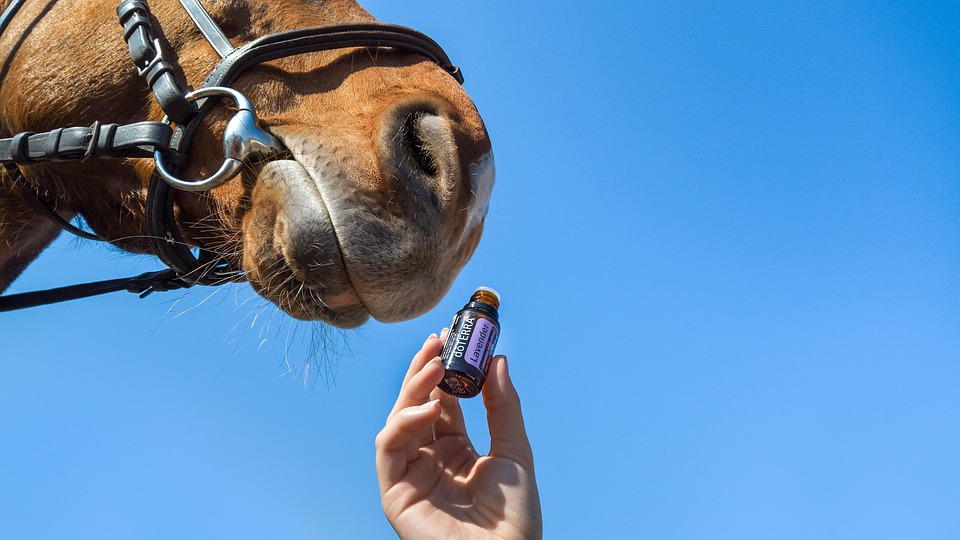Did you know that the scent of lavender is often associated with relaxation and tranquility? It’s not just a pretty aroma; lavender oil has been used for centuries in various cultures for its soothing properties. If you’ve ever had a tough workout or spent hours hunched over a computer, you might find yourself dealing with muscle tension or soreness. This is where lavender oil comes into play. Let’s dive into five soothing ways to use lavender oil for muscle relief that can help you unwind and feel better.
Contents
1. Lavender Oil Massage
The Power of Touch and Aroma
There’s something incredibly therapeutic about a good massage. Combine that with lavender oil, and you’ve got a winning formula. Massaging your sore muscles with lavender oil can enhance blood circulation, alleviate tension, and provide a calming effect thanks to its aromatic properties.
How to Do It:
-
Choose Your Base Oil: Mix a few drops of lavender oil with a carrier oil, such as coconut or jojoba oil. A good rule of thumb is to use about 3-5 drops of lavender oil for every tablespoon of carrier oil.
-
Apply Generously: Focus on areas that feel tight or sore. Use firm but gentle strokes to massage the oil into your muscles.
-
Breathe Deeply: Inhale the calming scent while you massage. This can enhance relaxation and help reduce stress.
Pros and Cons:
- Pros: Not only does it provide muscle relief, but it also promotes relaxation and can improve sleep quality due to its calming aroma.
- Cons: Some people might experience skin sensitivity or allergic reactions. Always do a patch test before using a new oil on a larger area.
2. Lavender Oil Bath Soak
A Relaxing Retreat at Home
Imagine sinking into a warm bath infused with lavender oil after a long day. Sounds heavenly, right? Bathing in lavender-infused water can help relieve muscle tension and induce relaxation.
How to Do It:
-
Fill Your Tub: Start with warm water in your bathtub.
-
Add Lavender Oil: Add about 10-15 drops of lavender oil directly to the water. For enhanced benefits, you can combine it with Epsom salts, which are known for their muscle-relaxing properties.
-
Soak and Relax: Immerse yourself for at least 20 minutes, allowing the heat and aroma to work their magic.
Pros and Cons:
- Pros: The combination of warm water and lavender can significantly reduce muscle pain and stress levels.
- Cons: If you have sensitive skin, be cautious with the amount of oil you use, as it can sometimes cause irritation.
3. Lavender Oil Compress
A Quick and Easy Relief
If you’re short on time but need some quick muscle relief, a lavender oil compress can be a lifesaver. This method combines the benefits of heat or cold with the soothing properties of lavender.
How to Do It:
-
Prepare Your Compress: Soak a clean cloth in either warm water or cold water, depending on your preference.
-
Add Lavender Oil: Add 5-10 drops of lavender oil to the water, then wring out the cloth.
-
Apply to Affected Area: Place the compress on the sore muscle for about 15-20 minutes.
Pros and Cons:
- Pros: This method is quick, portable, and can be effective for localized pain relief.
- Cons: If using a hot compress, be careful not to burn your skin. Always test the temperature first.
4. Diffuse Lavender Oil
Create a Calming Atmosphere
Sometimes, it’s not just about applying oil directly to the skin. Diffusing lavender oil can create a serene environment that helps alleviate muscle tension through relaxation.
How to Do It:
-
Get a Diffuser: Use an essential oil diffuser, which can be found in many stores or online.
-
Add Water and Oil: Fill the diffuser with water and add around 5-10 drops of lavender oil.
-
Turn It On: Let the diffuser run while you relax, read, or even stretch.
Pros and Cons:
- Pros: This method is great for creating a calming environment, which can help reduce overall stress and tension in the body.
- Cons: Some people may find the scent too strong or overwhelming, so adjust the number of drops to suit your preference.
5. Lavender Oil in a Foot Soak
Treat Your Feet Right
After a long day, your feet can take a beating. A lavender oil foot soak can provide relief not just for your feet but for your entire body.
How to Do It:
-
Prepare a Basin: Fill a basin with warm water.
-
Add Lavender Oil: Add 10-15 drops of lavender oil to the water. You can also add Epsom salts for an extra boost.
-
Soak Your Feet: Immerse your feet for about 20-30 minutes.
Pros and Cons:
- Pros: This method can relieve tension in your feet and promote overall relaxation.
- Cons: If you have any cuts or open wounds on your feet, avoid this method, as it may cause irritation.
FAQs
1. Is lavender oil safe for everyone?
While lavender oil is generally safe for most people, those with allergies or sensitive skin should conduct a patch test before using it extensively.
2. Can I use lavender oil every day?
Many people use lavender oil daily without any issues. However, if you experience any irritation or adverse reactions, it’s best to reduce usage or consult a healthcare provider.
3. How long does it take to feel the effects of lavender oil on muscle pain?
You might feel some immediate relief after using lavender oil, especially in massage or bath forms. However, for chronic pain, consistent use might be necessary to see significant changes.
4. Can I mix lavender oil with other essential oils?
Yes! Lavender oil blends well with many other essential oils, such as peppermint or eucalyptus, which can enhance its muscle-relaxing properties.
Conclusion
Lavender oil isn’t just a lovely scent; it’s a versatile tool for muscle relief. Whether you opt for a soothing massage, a relaxing bath, or a calming foot soak, the benefits of lavender oil can help you unwind and promote muscle recovery. In a world that often feels rushed and hectic, taking the time to care for your body is essential. So, why not give these lavender-infused methods a try? You might just find that they become a soothing ritual you look forward to.
Remember, though, while the benefits of lavender oil are promising, research is ongoing. Always consult a qualified healthcare provider before making changes to your health routine.
References
-
Cavanagh, H. M. A., & Wilkinson, J. M. (2002). Biological Activities of Lavender Essential Oil. Phytotherapy Research, 16(4), 301-308. https://doi.org/10.1002/ptr.1103
-
Mayo Clinic. (2021). Aromatherapy: Does it work? https://www.mayoclinic.org/healthy-lifestyle/stress-management/expert-answers/aromatherapy/faq-20057701
-
National Center for Complementary and Integrative Health. (2021). Aromatherapy. https://nccih.nih.gov/health/aromatherapy
Get Your FREE Natural Health Guide!
Subscribe now and receive our exclusive ebook packed with natural health tips, practical wellness advice, and easy lifestyle changes — delivered straight to your inbox.















